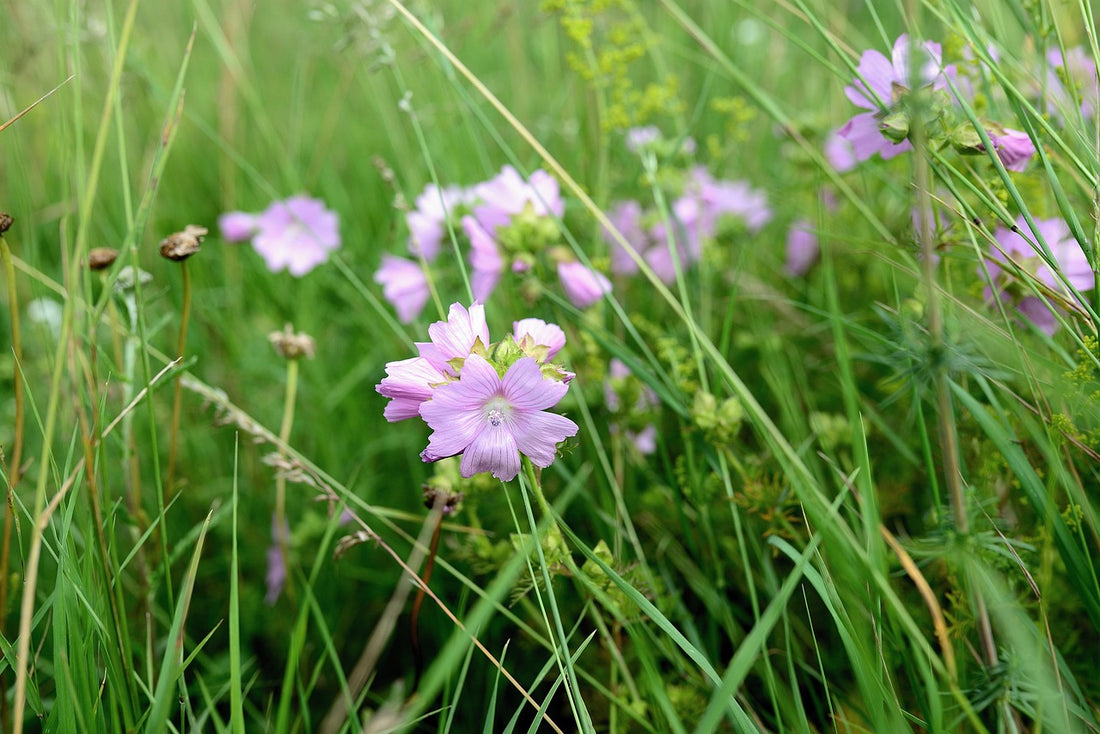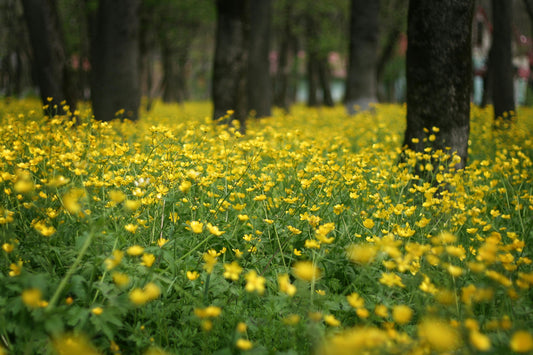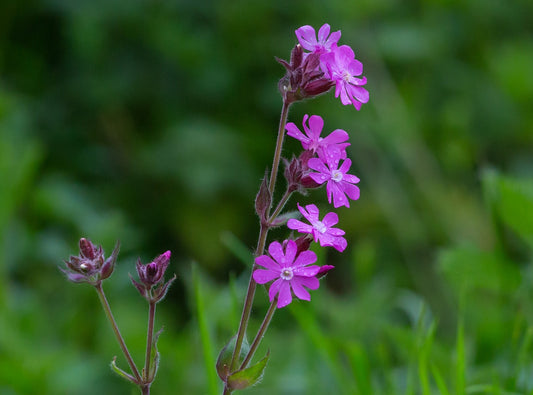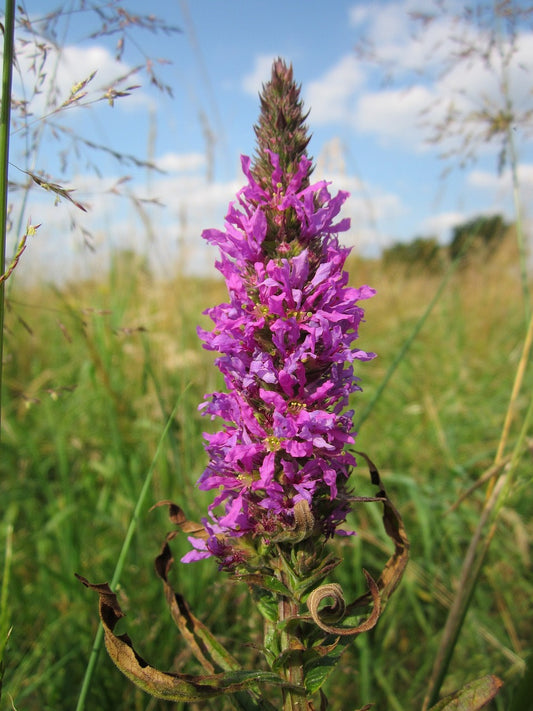
Growing Musk Mallow: A Detailed Guide to Planting and Care
Planting Musk Mallow: A Complete Guide to Growing This Beautiful Wildflower
Musk Mallow (Malva moschata) is a charming wildflower that adds a touch of elegance and colour to any garden. With its delicate pink flowers and easy-going nature, Musk Mallow is a fantastic choice for gardeners seeking both beauty and low maintenance. This guide will walk you through everything you need to know to successfully plant and nurture Musk Mallow.
What is Musk Mallow?
Musk Mallow is a perennial wildflower known for its soft, musky-scented blooms. Native to Europe, it features lovely pink or pale purple flowers with a subtle, pleasant aroma. Often found in meadows and on grassy banks, Musk Mallow is a versatile addition to both wildflower meadows and traditional garden settings.
Benefits of Growing Musk Mallow
Growing Musk Mallow offers several benefits. Its delicate flowers attract pollinators such as bees and butterflies, enhancing the ecological balance of your garden. Additionally, Musk Mallow is easy to care for and thrives in various conditions, making it ideal for low-maintenance gardening.
Best Time to Plant Musk Mallow
The best time to plant Musk Mallow seeds is in early spring or late autumn. Planting during these periods allows the seeds to undergo natural cold stratification, which helps improve germination rates and overall plant health.
Choosing the Right Location for Musk Mallow
Musk Mallow prefers a sunny to partially shaded location. It thrives in well-drained soil that remains relatively dry, making it suitable for a variety of garden settings, from borders to meadow gardens.
Preparing the Soil for Musk Mallow
1. Soil Preparation: Clear the planting area of weeds and debris. Loosen the soil to a depth of around 15 cm (6 inches) and mix in some organic matter or compost to improve soil structure and fertility.
2. Soil Drainage: Ensure that the soil drains well to prevent waterlogging, as Musk Mallow prefers drier conditions.
How to Sow Musk Mallow Seeds
1. Sowing Seeds: Scatter Musk Mallow seeds evenly over the soil surface. Lightly press them into the soil or cover with a thin layer of compost. The seeds need light to germinate, so avoid burying them deeply.
2. Watering: Keep the soil lightly moist until germination occurs. Once the seedlings are established, water sparingly, allowing the soil to dry out between watering.
Caring for Musk Mallow Plants
Once established, Musk Mallow requires minimal care. Regular weeding and occasional watering during prolonged dry spells will help keep the plants healthy. Mulching around the base can help retain soil moisture and suppress weeds.
Common Pests and Diseases
Musk Mallow is generally pest-resistant but may occasionally attract aphids or slugs. Ensure good air circulation and avoid excessive moisture to prevent fungal diseases.
Harvesting Musk Mallow
You can harvest Musk Mallow flowers when they are fully open. They can be used for decorative purposes or dried for floral arrangements. For best results, harvest in the morning after the dew has evaporated.
Using Musk Mallow in Your Garden
Musk Mallow adds a charming touch to garden borders, wildflower meadows, and naturalised areas. Its delicate flowers and ease of care make it a versatile and attractive addition to any garden.
Companion Plants for Musk Mallow
Musk Mallow pairs well with other wildflowers like oxeye daisy, black-eyed Susan, and common bluebell. These companions complement Musk Mallow and enhance the overall aesthetic of your garden.
Conclusion
Planting Musk Mallow is a wonderful way to introduce beauty and ecological value to your garden. With its attractive flowers and minimal care requirements, Musk Mallow is a perfect choice for any garden enthusiast. Follow these tips to ensure your Musk Mallow thrives and adds charm to your outdoor space.




